New Ismaili Eid Namaz: Esoteric Meaning (Ta'wil) of Quranic Surahs & Prayers
Ismaili Da'is taught the Esoteric Meaning of Namaz Recitations and Gestures
Namaz, fasting and other exoteric (zahiri) practices are performed, but there is a special need to perform the esoteric (batini) practices. If one does not perform the esoteric (batini), then what is the use of Namaz, fasting, and other outer practices? They are of no use at all. If one performs the esoteric first, then Namaz, fasting, and worship will be beneficial.
Imam Sultan Muhammad Shah Aga Khan III,
(Zanzibar, July 5, 1899)
Ismaili Muslims pray a Namaz on various occasions including ‘Id al-Adha, ‘Id al-Fitr, and funerals. Some Ismailis may attend Friday prayers with other Muslims in specific countries.
This week, Ismaili Muslims worldwide will recite a new ‘Id Namaz approved by the Imam of the time. The new ‘Id Namaz contains some important new elements including the niyyah (intention), the recitation of Surat al-Shams and Surat al-‘Asr, and special prayers after the Namaz.
According to age-old Ismaili teachings from the Ismaili Imams and their high-ranking Da‘is, the Namaz recitations and gestures have a deeper meaning known as ta’wil and batin. This article will explain the esoteric meaning of the Qur’anic Surahs and prayer gestures in the new Ismaili ‘Id Namaz based on the teachings of the Ismaili Da‘is, especially Sayyidna Nasir-i Khusraw.
Ismaili Neoplatonic Philosophy
Ismaili esoteric interpretations of the Namaz are premised on the Ismaili Neoplatonic understanding of reality, which is a hierarchy of God’s spiritual and material creations. According to the Ismaili Muslim view of tawhid, God transcends all of the descriptions, attributes, qualities, and ranks of the spiritual and physical worlds. The highest rank of the spiritual realm that God eternally originates and sustains is the Universal Intellect (al-‘aql al-kull) or First Intellect. According to Ismaili philosophical teachings, the Universal Intellect possesses all created perfections including life, knowledge, power, awareness, nobility, majesty, generosity, exaltedness, etc. The Intellect does not desire anything and is without need because whatever it may seek is already found within its own complete essence. Mawlana Shah Karim al-Husayni⁽ᶜ⁾ has affirmed the existence of the Universal Intellect or ‘Aql-i Kull in a public speech in 1985 at the Aga Khan University Inauguration: “The Divine Intellect, ‘Aql-i Kull, both transcends and informs the human intellect. It is this intellect which enables man to strive towards two aims dictated by the Faith: that he should reflect upon the environment Allah has given him and that he should know himself.”
The second rank of the spiritual world is the Universal Soul (al-nafs al-kulli). The Universal Soul possesses great-making attributes derived from the emanations of the Universal Intellect shining within it. As a result, the Universal Soul is continuously desiring the perfections of the Universal Intellect and receives these perfections by constantly humbling itself before the Intellect. Its perpetual desire for ontological perfection motivates the Universal Soul to create the spiritual and material worlds and engender human souls as gradational manifestations of the Intellect’s perfections. Mawlana Sultan Muhammad Shah⁽ᶜ⁾ attests the existence of the Universal Soul in his public writings and Memoirs:
“Once man has thus comprehended the essence of existence, there remains for him the duty, since he knows the absolute value of his own soul, of making for himself a direct path which will constantly lead his individual soul to and bind it with the universal Soul of which the Universe, as much of it as we perceive with our limited vision, is one of the infinite manifestations.”
Imam Sultan Muhammad Shah⁽ᶜ⁾, (Memoirs of the Aga Khan, 1954)
Likewise, Mawlana Shah Karim al-Husayni⁽ᶜ⁾ often spoke of the Universal Soul as the “Single Soul” (nafs wahida) in his public speeches and writings.
The Universal Intellect and Universal Soul today are called the Light of Imamat (nur al-imamah) and the Light of Prophethood (nur al-nubuwwah) respectively. These two lights are the “metacosmic parents” of everything in creation. Every human soul is created in the image or likeness of the Universal Soul. The purpose of human existence is to re-unite the human soul with the Universal Soul and, thereby, return to the Universal Intellect:
“The return of humankind is to the [Universal] Intellect and the judgment (reckoning) of the human being has become necessary because of the Intellect… The [Universal] Soul is the effect of the [Universal] Intellect and the subsistence of every effect is due to its own cause. The subsistence of the particular souls is through the Universal Soul. Thus, the particular souls must return to their Universal [Soul] and that Universal [Soul] must return to the [Universal] Intellect because of whom it exists. As God said: ‘Verily, to Us is their return and upon Us is their reckoning’ (Qur’an 88:25-26).”
Sayyidna Nasir-i Khusraw, (Zad al-Musafir, Tehran: Miras-i Maktub 2015, 177-178)
The human soul comes to resemble the Universal Soul in actuality through spiritual practices (riyadat) and the cultivation of spiritual virtues (akhlaq). The overall purpose of religious practices, such as Namaz and Du‘a, is for the human soul to exemplify the Universal Soul. However, the efficacy of all religious practices is dependent upon comprehension of their inner meaning (ta’wil):
“When man strives to put the shariʿa into practice, attains [understanding of] the science of taʾwil, transforms the dense into the subtle, and uses both his organs, the body and the soul, which are given to him [to attain knowledge], he becomes like the Universal Soul. The Universal Soul had the knowledge, then it worked; man works, then acquires the knowledge, thus becoming like the Universal Soul.”
Sayyidna Nasir-i Khusraw, (Knowledge and Liberation, 1998, 103)
The Intention (Niyyah) before the Namaz
The Ismaili Namaz is preceded by the affirmation of the intention (al-niyyah) by each murid. The niyyah may be recited by each person silently in their own language. The English translation of the niyyah is as follow:
I intend to offer the Namaz for ‘Id al-Adha
with two rak‘ahs for nearness to Allah, the Exalted,
facing the noble Ka‘bah,
according to the recognition of the proof of the Command,
the Lord of the Time (zaman) and the Age (‘asr),
our present living Imam, Mawlana Shah Rahim al-Husayni, and following him.
This niyyah is of utmost importance because it conveys the Shi‘i Ismaili theological principle that all acts of worship must be oriented towards the recognition of the Imam of the Time. The exoteric Namaz, being a practice of the zahiri shari‘ah, is required to be performed with one’s physical body facing the direction of the Exoteric Qiblah (direction of prayer), which is the Ka‘bah in Mecca. The inner wisdom behind this practice is that the Ka‘bah is made of dust and the human body in prayer properly faces the dust to which it will eventually return.
However, according to Ismaili teachings from the Imams and their great Da‘is, the ta’wil or esoteric meaning of the Ka‘bah is the Imam of the Time, who is the Living House of God and the Esoteric Qiblah of the human souls. This is because the Imam’s soul is the bearer or mazhar of the Nur of Imamat (Universal Intellect) and this Nur is the eventual place of return for all human souls.
When Ismailis pray the Holy Du‘a, which is an esoteric Tariqah prayer, they turn the thoughts of their rational souls towards the remembrance of the Imam and they ritually face the Mukhi-Kamadias (the ceremonial representatives of the Imam) when inside the Jamatkhana. However, when Ismailis pray the new ‘Id Namaz, they physically face the Ka‘bah with their bodies while also turning their souls towards the Esoteric Qiblah — the Imam of the Time. The niyyah, therefore, evokes both the Ka‘bah as the zahiri Qiblah and the living Imam as the batini Qiblah.
The exoteric meaning of the Namaz is the worship of God with the physical body by turning towards the Qiblah of physical bodies which is the Ka‘bah, the House of God, the Exalted, in Makkah. And the esoteric meaning (ta’wīl) of the Namaz is the worship of God with the rational soul by seeking the [inner] knowledge of the Book and the sharī‘at by turning towards the Qiblah of Spirits who is the [living] House of God — that House in whom the Divine Knowledge dwells — and that is the true Imam, may peace be upon him.
Sayyidna Nāṣir-i Khusraw, (Jāmi‘ al-ḥikmatayn, 308, ed. Corbin and Mu‘in)
Ta’wil of the Takbir (Glorification of God)
The takbir when the imam (prayer leader) raises his hands to his ears and recites “Allahu Akbar” (God is greater) symbolizes the Ismaili murid pledging the covenant (mithaq) to the Imam of the time, which represents one’s formal entry into the Ismaili faith. The qiyam (standing) represents the believer standing firm by his covenant. The recitation of Surah al-Fatihah and another Surah represent the dissemination of esoteric knowledge among the ranks of the daʿwah. Nasir-i Khusraw also provides a deeper layer of specific taʾwil for these elements. For example, when one performs the takbir and raises one’s hands to the ears, this is an allusion to the absolute transcendence of God above the spiritual and corporeal realms of existence. Sayyidna Nasir-i Khusraw explains the ta’wil of the takbir as follows:
“When one says the takbir and raises the hands up to the ears and says Allāhu akbar, one indicates that God, the exalted, is greater than the ten corporeal and spiritual ranks—meaning He is neither invisible nor visible like these two categories of creatures. The worshipper’s right hand represents the spiritual world and his left hand represents the physical world.”
Sayyidna Nasir-i Khusraw, (Wajh-i Din, 1977, 200)
The five fingers of the left hand represent the physical ranks of the World of Religion: Speaker Prophet, Founder, Imam, Gate (bab) and Proof (hujjah). The five fingers of the right hand represent the spiritual ranks of the World of Religion: Universal Intellect, Universal Soul, Jadd (Seraphiel), Fath (Michael), and Khayal (Gabriel). Raising both hands and saying Allahu Akbar means to recognize that God transcends the attributes of these spiritual and physical ranks.
Ta’wil of Reciting Qur’anic Surahs
The Ismaili understanding of ritual prayer displays even deeper Neoplatonic resonance in terms of the spiritual exegesis of the acts of bowing (rukuʿ) and prostration (sujud). Prior to bowing, the worshipper recites the seven verses of Surat al-Fatihah and an additional Surah of the Quran. According to Nasir-i Khusraw, al-Fatihah consisting of seven verses symbolizes the seven Imams of a religious cycle and the additional Surah symbolizes the deputies of the Imam known as Hujjahs (proofs) in Ismaili vocabulary. Following these recitations, the worshipper engages in bowing, which symbolizes the rank of the Prophet’s Legatee (wasi) and Founder (asas), ‘Ali b. Abi Talib⁽ᶜ⁾, who was the deputy of the Prophet during his lifetime.
Ta’wil of Surat al-Shams
“It is important that if you recite or know parts of the Quran, you should be able to explain their meaning. Do not forget that our branch of Islam is an esoteric branch of Islam. Esoteric means that what is written is there, but its meaning is not there to everyone. It is there to those who are part of our Jamat. And it is important, therefore, that if you learn parts of the Quran, you should be able to explain the esoteric meaning of those parts.”
Mawlana Shah Karim al-Husayni⁽ᶜ⁾,
November 22, 1967
This section will focus on the ta’wil of Surat al-Shams, with attention to the Surah opening in which God swears by specific entities, such as the Sun and the Moon.
In the opening of the Surah, God is swearing by the Sun and the Moon. However, according to the Ismaili Hujjahs and Da‘is, the Sun and Moon, here and in other Qur’anic verses, do NOT refer to the physical inanimate Sun and Moon. Rather, the Sun and Moon here refer to the two greatest ranks of the World of Religion in the spiritual and physical worlds. The Ismaili ta’wil of the Sun and Moon is multi-layered and unfolds as follows:
a) The Sun refers to the Universal Intellect and the Moon refers to the Universal Soul; the Night refers to the Speaker-Prophet (natiq) and the Day refers to the Founder (asas):
Thus, by the ‘Night’ God means the Speaker-Prophet (natiq) who [by way of parables and allegories] has concealed things [of knowledge] just as the ‘Day’ reveals them. By the ‘Day’ He means the Founder (asas) who explains the parables, as the day reveals things that the night kept hidden. By the ‘Sun’, He [God] means the [Universal] Intellect (‘aql) and by the ‘Moon’, the [Universal] Soul (nafs), because the Intellect gives benefit to the Soul as the Sun gives light to the Moon.
Sayyidna Nasir-i Khusraw, (Wajh-i Din, 1977, 75-76; tr. Faquir Muhammad Hunzai with modifications)
b) The Sun refers to the Speaker-Prophet (natiq), such as Prophet Muhammad⁽ˢ⁾ during his time and the Moon refers to his Legatee (wasi) or Founder (asas) — who was Imam ‘Ali⁽ᶜ⁾:
The exegesis of this verse is that God swears “By the Sun and his morning brightness, and the Moon when she follows him”. Its ta’wil is that by this ‘Sun’ God means His Prophet in the religion, and by the morning brightness He means the light of his religion, and by the ‘Moon’ He means his Legatee (wasi) in the religion, and by the following of the Sun by the Moon He means the following of the Prophet by his Legatee in religion, his praiseworthy character and his giving the ta’wil of the Book after the tanzil. It is more worthy that God, may He be exalted, swears by His Prophet and his Legatee instead of swearing by the ignorant revolving sun and moon, which [indiscriminately] shine on both pure and impure [things].
Sayyidna Nasir-i Khusraw, (Wajh-i Din, 1977, 75-76; tr. Faquir Muhammad Hunzai)
c) The Sun refers to the Imam of the Time and the Moon refers to the Supreme Hujjah, Bab (Gate) or Pir of the Imam:
“The Sun indicates the Speaker-Prophet in his own time and the Imam in his own time and the Moon indicates the Founder in his own time and the Hujjat in his rank.”
Sayyidna Nasir-i Khusraw, (Wajh-i Din, 1977, 195; see also 252)
Various Arabic, Persian, and Indic Ismaili texts are permeated with the same solar and lunar symbolism when speaking about the Imam and his Bab or supreme Hujjah, also known as the Pir. In The Master and the Disciple, one of the earliest extant Ismaili texts from before the Fatimid era, Da‘i Ja‘far b. Mansur al-Yaman explains:
Hence their Imam is like the immensity of the Sun in comparison with the (other heavenly) lights: it is impossible for it to be veiled from (people's) vision — indeed the Sun is his symbol and outer aspect. And their Hujja, the gateway (Bab) to their Imam, is like an illuminating Moon (25:61), for the Moon is his outer aspect and his symbol.
Sayyidna Ja‘far b. Mansur al-Yaman, The Master and the Disciple, tr. James W. Morris, 82.
Likewise, the great Ismaili Da‘i al-Naysaburi explains how the physical Sun with its various attributes is the symbol of the Imam in every age:
Their peak and summit in nobility and merit is the Sun through which physical eyesight draws its light, and through which all plants, animals and newborns grow and become perfect. No plant or newborn will grow without the effect of the Sun. Likewise, the Imam is the Sun of the religion through which insight is enlightened and souls are illumined from the light of guidance and wisdom, radiating the hearts of God’s friends.
Sayyidna Ahmad b. Ibrahim al-Naysaburi, Degrees of Excellence, tr. Arzina R. Lalani, 43-44
The above Ismaili ta’wils of the Sun and Moon in Surat al-Shams and other Surahs is consistent with how other spiritual traditions interpret the Sun and Moon. Seyyed Hossein Nasr explains the Sun and Moon symbolism in religious esoteric thought as follows:
As far as the Sun and Moon are concerned, in all traditional cosmologies these two play a very important role. Usually the Sun represents the Divine Intellect, because it is the source of life. It is also the source of the measurement of space and time. So the fundamental parameters of our existence are defined by the Sun. As for the Moon, usually it represents the feminine aspect, the aspect of receptivity, because it receives its light from the Sun. Here I mean femininity on the highest level, in its metaphysical significance. But femininity and masculinity have to manifest themselves on the phenomenal level as two visible bodies in the heavens. […]
However, precisely because of the innate symbolism of the Sun, in the Islamic tradition the name of Shams, which is the Arabic word for Sun, comes up again and again. The name Shamsuddin, the sun of religion, is a very common name. ‘Ali, the cousin and son-in-law of the Prophet, who represents, more than any of the companions of the Prophet, the inner, esoteric teachings of Islam, was often compared to the Sun.
Seyyed Hossein Nasr, The Inner Journey, ed. W. Chittick, 111-113
Ta’wil of Invoking Allahuma in Supplication
The word Allahumma with its five Arabic letters (Alif, Lam, Lam, Ha, Mim) in the glorification symbolically refers to five spiritual ranks created by God: Universal Intellect, Universal Soul, and three spiritual emanations known as Seraphiel (jadd), Michael (fatḥ), and Gabriel (khayal) (see Khusraw, Wajh-i Din, 1977, 201). Prayer formulas that begin with Allahuma symbolically evoke the spiritual intermediation of these five spiritual ranks when invoking God because all divine actions and blessings are mediated by these five ranks.
Ta’wil of Bowing (ruku‘) and Invoking Rabbi l-‘Azim
When bowing, the worshipper recites Allahu akbar (God is greater). This means that the Founder, ‘Ali b. Abi Talib⁽ᶜ⁾, taught the absolute transcendence of God. The four letters of the word akbar signify the Universal Intellect, Universal Soul, Speaker Prophet, and Founder—indicating that God transcends the four highest spiritual and earthly ranks of creation.
While in the position of bowing, the worshipper then recites: subḥana rabbī l-ʿaẓim wa-bi-ḥamdihi (glorified is my Sublime Lord and through His praise). Khusraw interprets “my Sublime Lord” (rabbi l-ʿaẓim) in this invocation to be the Universal Soul since the attribute of greatness (ʿaẓama) belongs to the Universal Soul, who is the direct creator of the Cosmos: “Through this glorification one declares the greatness (buzurgwari) of the Second (Universal Soul) from whom is the divine support (taʾyid) of the Founder and who is the lord of the construction of this great world.” (Wajh-i Din, 202). In the same way that bowing is less complete submission than prostration, the rank of the Universal Soul is lower than the rank of the Universal Intellect. For this reason, the divine name al-ʿaẓim that the supplicant recites in bowing indicates the Universal Soul: “[The rank of] the Universal Soul is lower than that of the Universal Intellect. He is the meaning of the glorification of the bowing (rukuʿ)… just as bowing is a submission from the servant to God, but it is not as complete as the prostration” (Wajh-i Din, 341).
Ta’wil of Invoking God’s Praise (Tahmid)
After the completion of the bowing, the worshipper then rises and recites: Samiʿ Allahu li-man hamidah (“God hears the one who praises Him”) and rabbana laka l-hamd (“Our Lord, to You belongs the Praise”). The word al-hamd (the praise) that belongs to God (al-hamdu li-Llah) refers to the Universal Intellect which is God’s highest creation that mediates all creaturely relationships with God. The word al-Hamd also has five letters (Alif, Lam, Ha, Mim, Dal), which symbolize the five spiritual ranks already mentioned: Universal Intellect, Universal Soul, Jadd, Fath, and Khayal. These invocations affirm that the Universal Intellect and the five spiritual ranks, known as al-Hamd, belong to God who is their originator, and all creatures must recognize God through recognizing the Universal Intellect: “This means that God hears the supplication of the person who praises Him, thanks Him, and recognizes Him through the [Universal] Intellect” (Wajh-i Din, 202).
Ta’wil of Prostration (sujud) and Invoking Rabbi l- A‘la
The ta’wil of this gesture is that “prostration indicates the Speaker Prophet [Muhammad⁽ˢ⁾] through whom is the divine support of the Founder, the Imam, and the Hujjah” (Wajh-i Din, 203). The earth upon which one submits is a symbol of the Universal Soul: “The earth is a likeness for the Second, who is the Sustainer (parwaranda-i nafs-ha) of all souls just as the earth is the sustainer of all bodies” (Wajh-i Din, 203). The believer, when in the act of prostration, imitates the spirituality of the Speaker Prophet, who submits his soul to and unites with the Universal Soul: “This indicates that the Speaker Prophet surrendered all of his convictions at once to the Second when he perceived the vision of the spiritual world” (Wajh-i Din, 203).
While in prostration, the worshiper recites: Subḥana rabbi l-aʿla wa-bi-ḥamdika (“glorified is my Exalted Lord and through His praise”). In accordance with Ismaili hermeneutics, the divine name Rabbi l-Aʿla alludes to the Universal Intellect and not God because He transcends all likeness and description. As Khusraw explains, the phrase “my exalted Lord” (rabbi l-aʿla) refers to the Universal Intellect and its superiority over all other creatures:
“By this ‘lord’ (parwardigar) who is exalted (a‘la) above all things, one intends the Universal Intellect, who is higher than all the spiritual and corporeal ranks while the Creator transcends being similar to the First (Intellect) and since He is dissimilar to the First, it follows that none of the higher or lower ranks are similar to Him.”
Sayyidna Nasir-i Khusraw, (Wajh-i Din, 1977, 203)
The Ismaili exegesis of bowing and prostration and the corresponding prayers highlights the absolute transcendence of God and directs the worshipper to properly recognize that the divine names al-Aʿla (the Exalted) and al-ʿAẓim (the Sublime) properly apply to the Universal Intellect and Universal Soul. At the same time, the worshipper attests to the absolute unity and transcendence of God, who is the originator of the Universal Intellect and is incomparable to His creation.
The Prayer after the Namaz
After the Namaz, the Ismailis recite the “Prayer of Peace” found in Part 2 of the Ismaili Du‘a and then recite the Prayer of Taqarrub (“Communion”) from Part 6 of the Du‘a. The Prayer of Communion is when the worshipper seeks help from God in the name of the Ahl al-Bayt and all of the Imams up to the Imam of the Time. The Fatimid Ismaili jurist al-Qadi al-Nu‘man, based on the guidance of Imam al-Mu‘izz⁽ᶜ⁾, recommended that Ismaili Muslims recite the Prayer of Communion after every mandatory prayer as follows:
They [the Imams] ordered that the prayer of communion (taqarrub) should be said after every mandatory one. After ending the prayer with the salutations, the worshiper should open his hands and raise them, his palms facing him, and recite:
O God, I approach Thee by the grace of Muhammad, Thy Messenger and Thy Prophet, and his vicegerent and Thy friend, ‘Ali, and the pure Imams descended from him, namely al-Hasan, al-Husayn, ‘Ali b. al-Husayn, Muhammad b. ‘Ali, and Ja‘far b. Muhammad...."
The worshiper should name very Imam, one after the other, till he reaches the Imam of his time…
al-Qadi al-Nu ‘man, Da‘a’im al-Islam, Vol. 1, tr. Poonawalla, 214-215



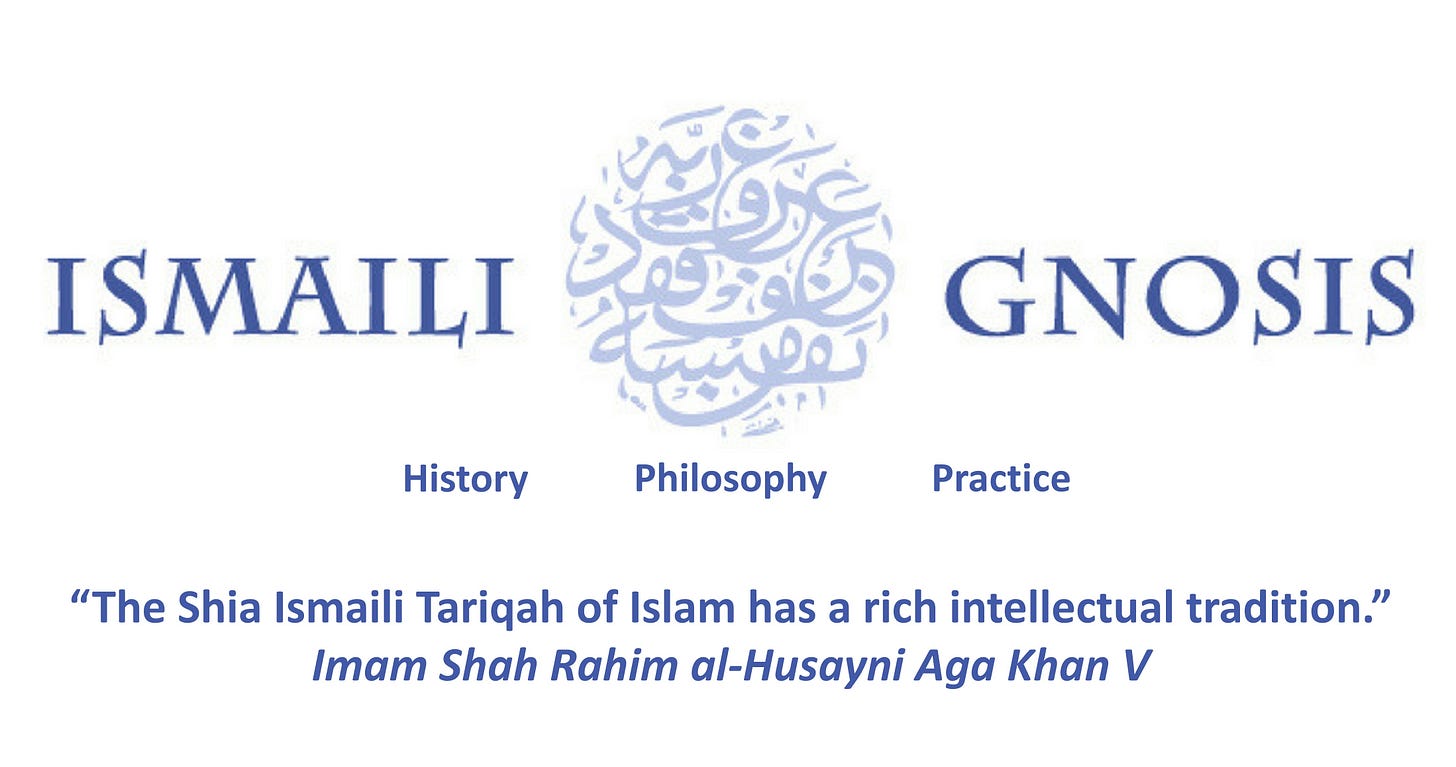
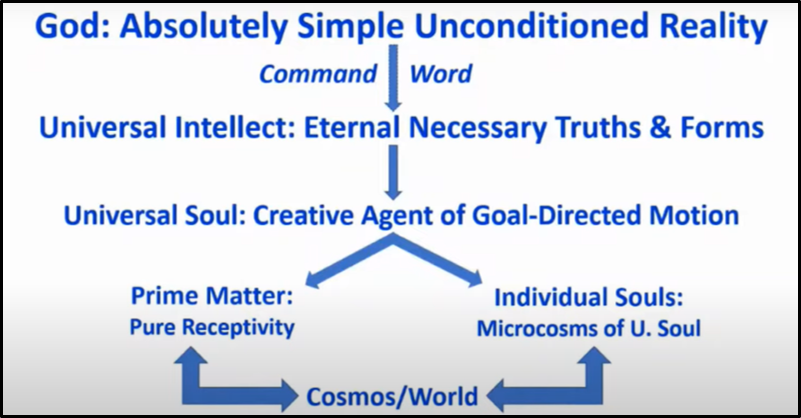
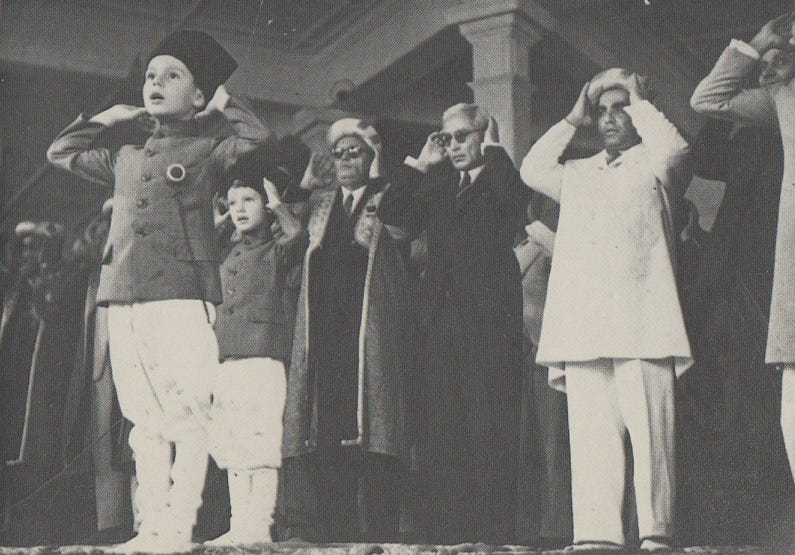
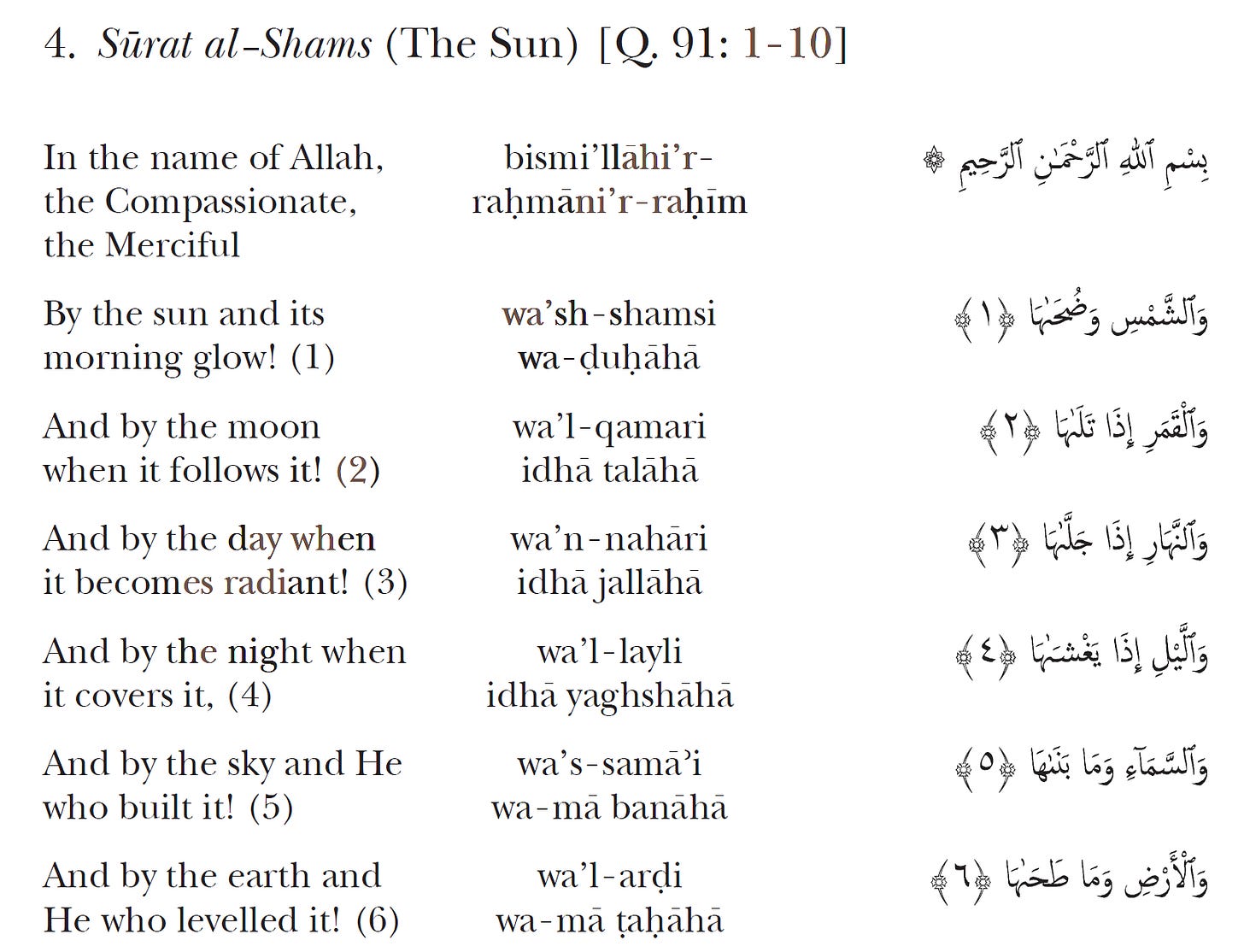
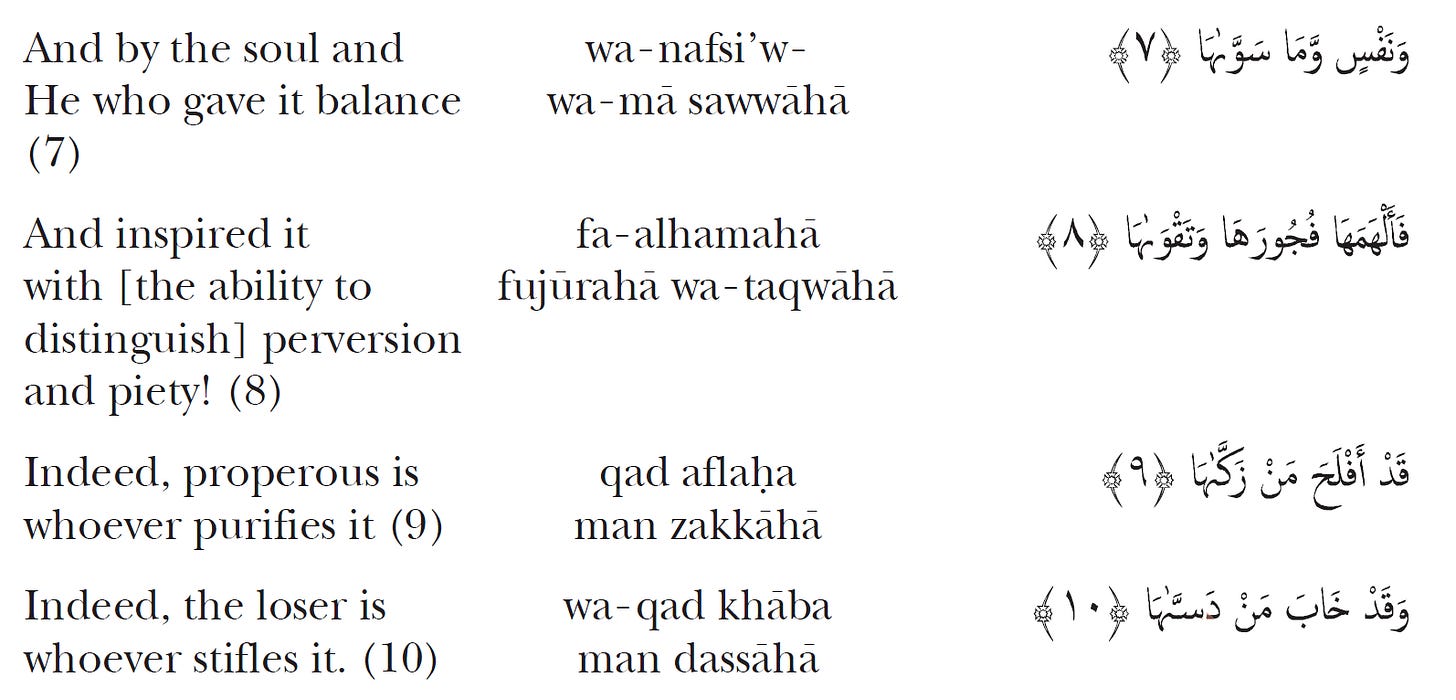
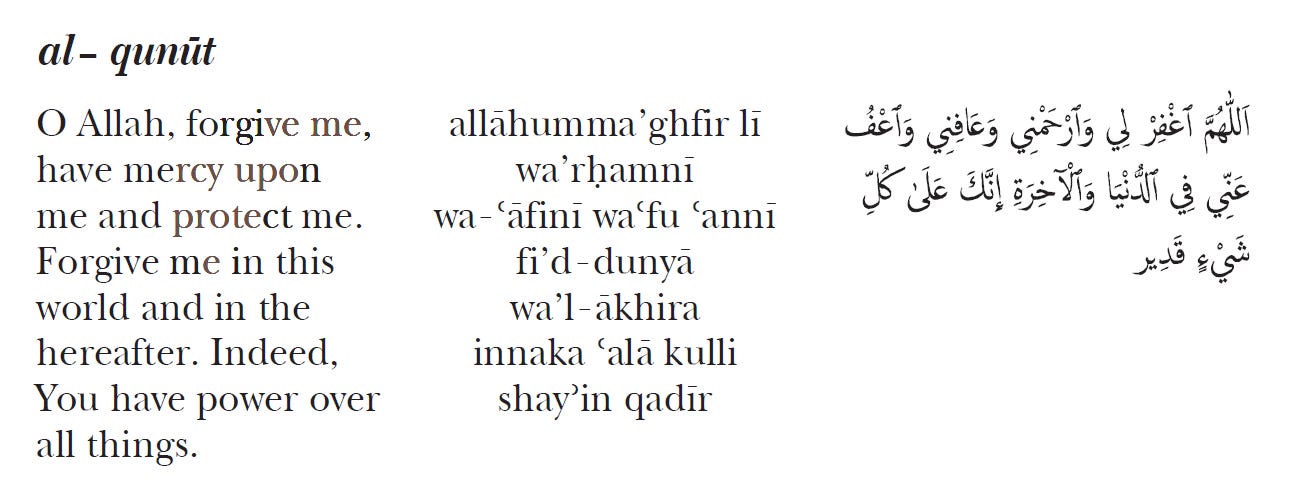
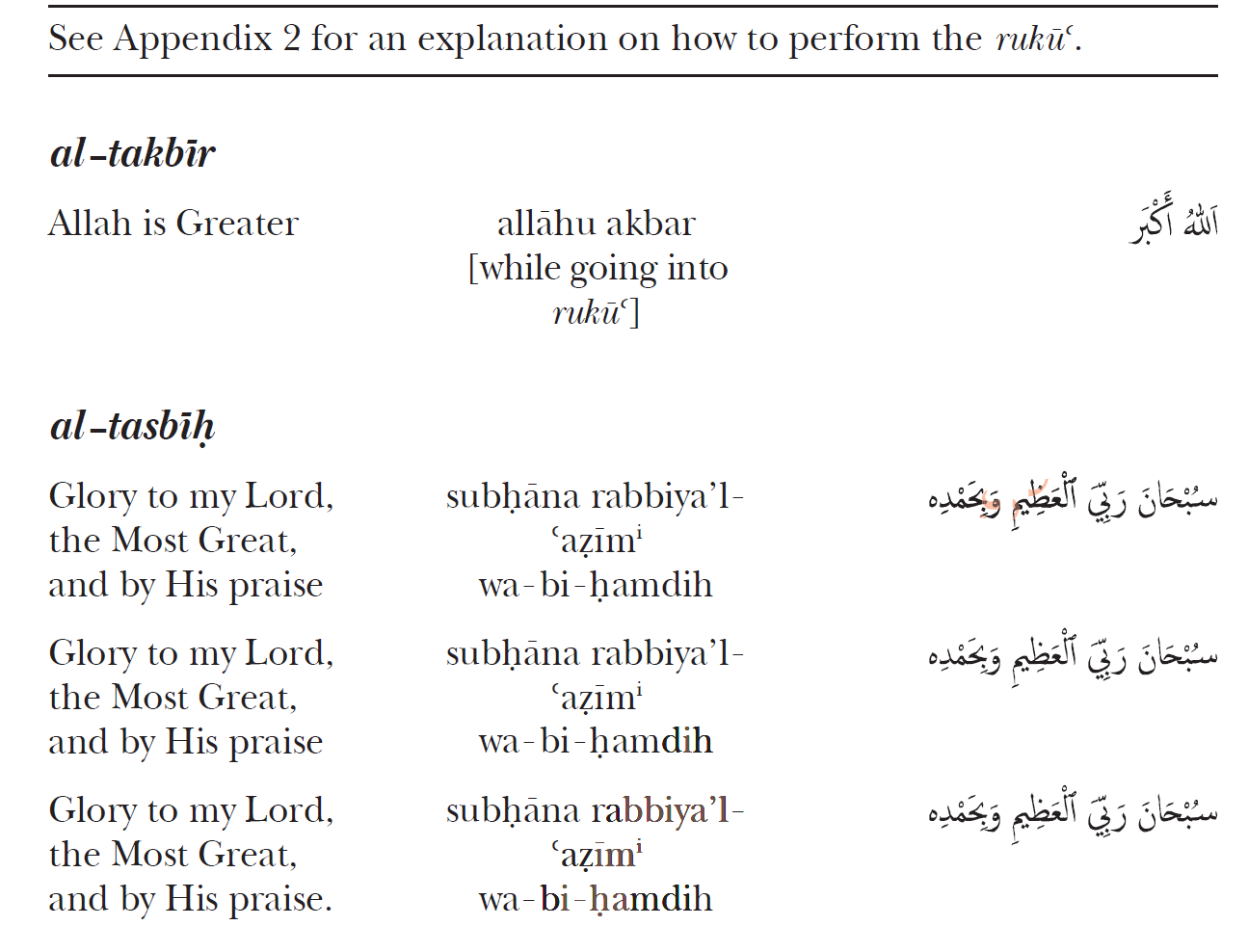
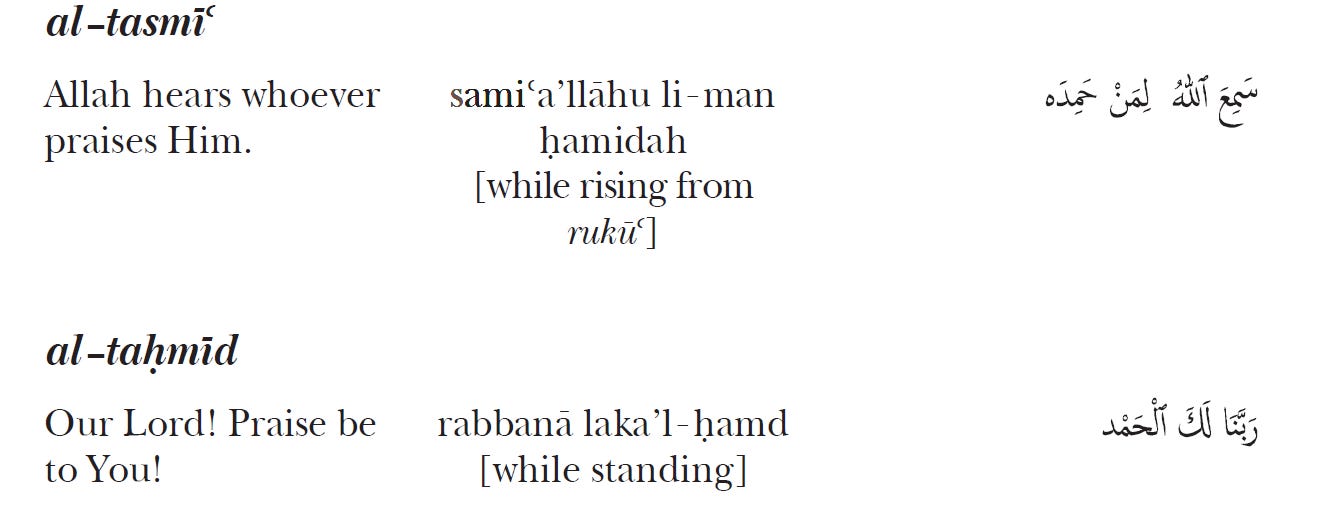
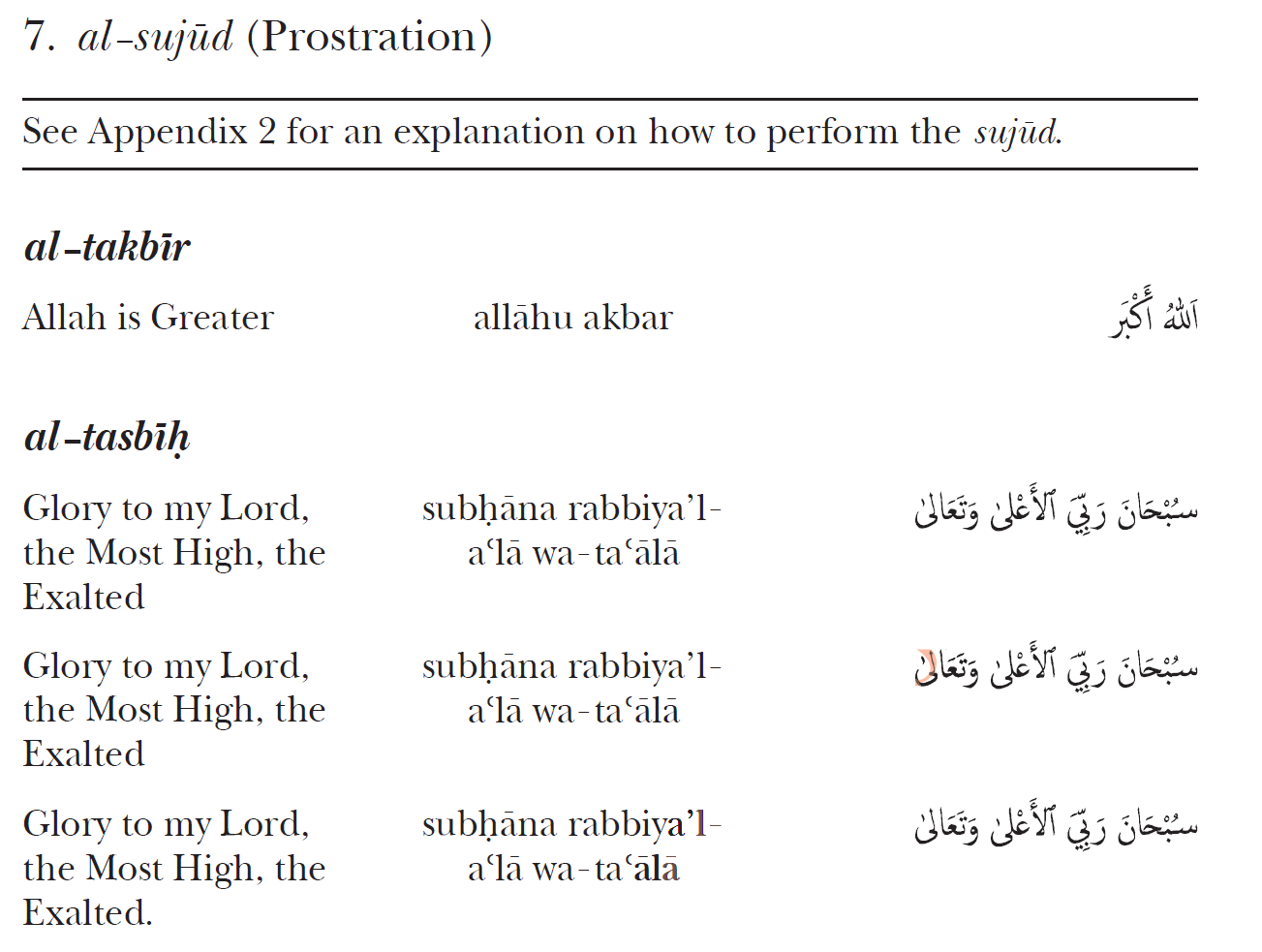


Amazing, thank you
Ya Ali Madad, where and when was this pic taken? Would anybody know who is sitting to the left of Sha Karim? Your help will be very much appreciated. Thank you kindly 🙏